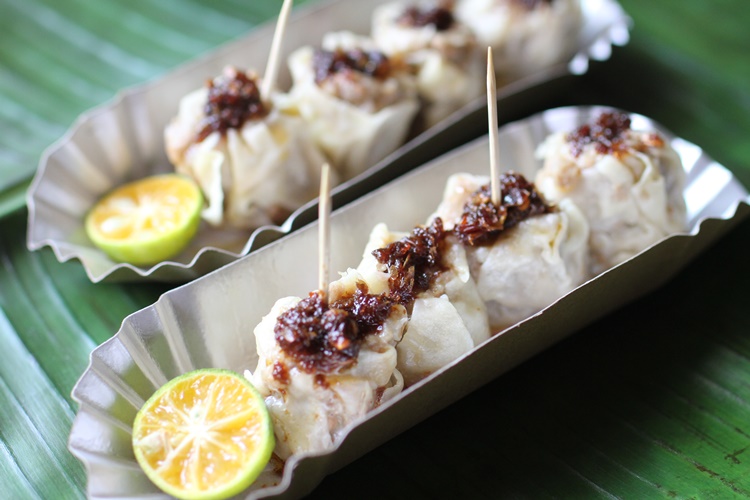SIOMAI – Here are some things that you probably didn’t know about this all-time favorite dim sum snack
Siomai, a delicious and bite-sized treat, has become a beloved snack for many around the world. This dumpling has its roots in Chinese cuisine, specifically from the dim sum tradition. Dim sum refers to a variety of bite-sized dishes often served in small steamer baskets.
The word “siomai” itself is of Chinese origin, derived from the words “sio” meaning to cook by steaming and “mai” meaning selling. These little steamed dumplings were initially enjoyed by the Chinese elite and later became a popular street food delicacy.

This snack made its way to different parts of Asia, and now, it has become a popular street food and snack in many countries, including the Philippines. It is like a tasty package filled with a mixture of goodness.
The traditional filling usually includes ground pork or shrimp, along with minced vegetables like carrots and water chestnuts. All these ingredients come together to create a flavorful and savory delight.
The filling is carefully placed in a thin, translucent wrapper made from a mixture of flour and water. The wrapper is then folded and shaped into a little parcel, ready to be steamed to perfection.

While the classic pork or shrimp siomai is a timeless favorite, creative chefs and cooks have introduced various twists to suit different tastes. Chicken, beef, and even vegetarian siomai are available, offering a diverse range for everyone to enjoy.
Some people even add a touch of soy sauce, calamansi, and sometimes, a spicy kick from chili garlic sauce to enhance the taste.
While siomai originated in China, its popularity has spread far and wide. In the Philippines, for instance, siomai has become a street food sensation, often sold by vendors in bustling marketplaces.
